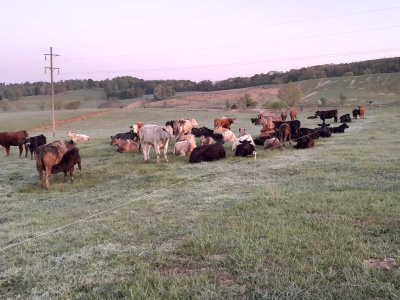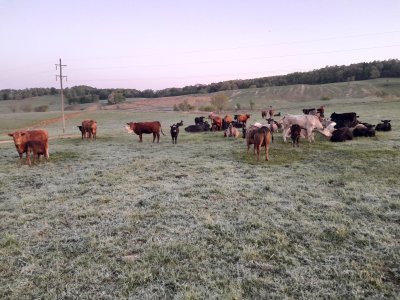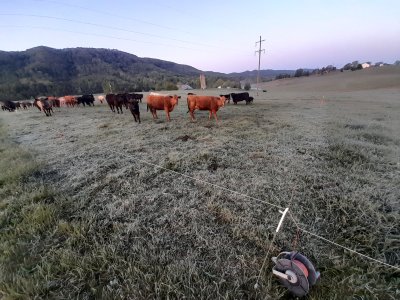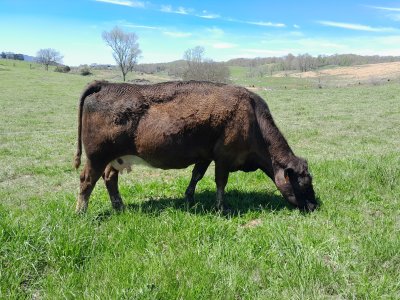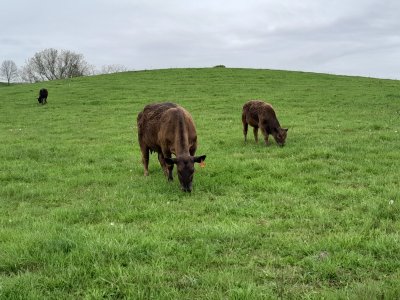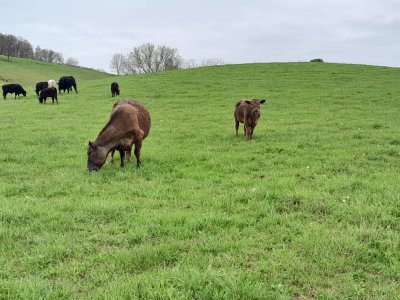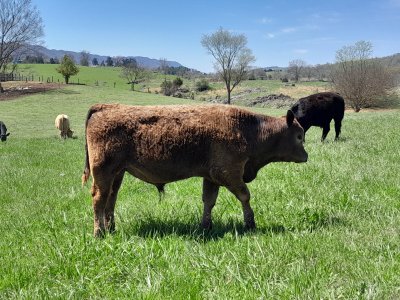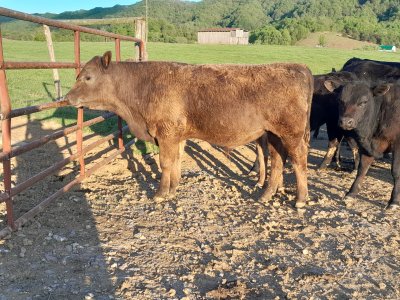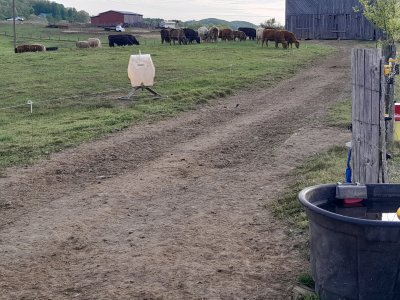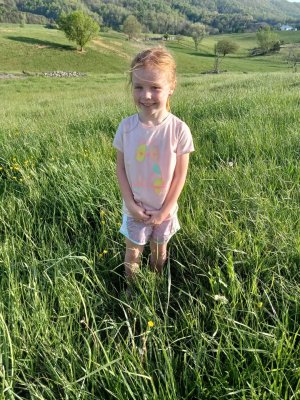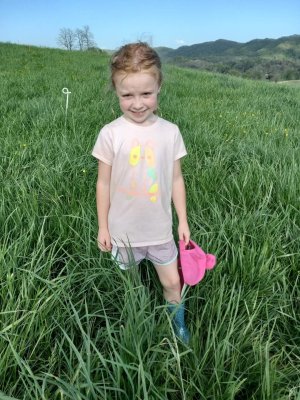Honestly though, IF YOU GET THE RAINS, and your soil is good, you're at about the same stocking density as what I've got at my "other place".
I'm at about 1 acre per AU there through the summer (but I DO feel like I'm overstocked there too). I generally am "comfortable" planning for 1.25 acres/AU on cows, not including the calf weight up to 500#. BUT............ I don't let the animals out onto the grass until it's got plenty of length (coming nigh onto shooting heads in a week or so)... I'll try to keep feeding them hay on a "sacrifice area" until then.
I just locked mine off of the fields a week ago, because they were nipping everything that was just beginning to try to grow off. So now, I've got them on a sacrifice pasture stocked at about 10 AU/acre, and am feeding them as much hay as they want (not expecting ANYTHING AT ALL for feed from the grass that's growing there). I'm unrolling the hay daily, and figure for "planned wastage" to keep the pasture clean and built up.... similar concept to what you'd end up with when bale grazing, but evenly distributed across the whole pasture. Once the grass on the rest of it is where I'm comfortable turning them out, this pasture won't be grazed again until it has been allowed to go to seed basically. I haven't found a need to "reseed it" after this, but certainly wouldn't rule it out if it required it.
Last year at this density, I didn't have to start feeding hay until mid-November. Where I reduced to 1.25/AU on the cows (my custom grazed herd), I got to mid December.

